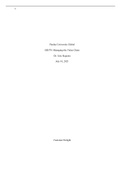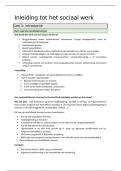Class notes
Psy1004F - Psychopathology Notes
- Course
- Intro to Psychology Part 1
- Institution
- University Of Cape Town (UCT)
This is a comprehensive and detailed note on Psychopathology for Psy1004F. Essential!! To your success in academics!!
[Show more]












